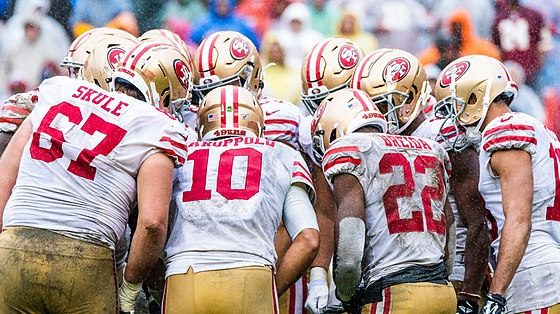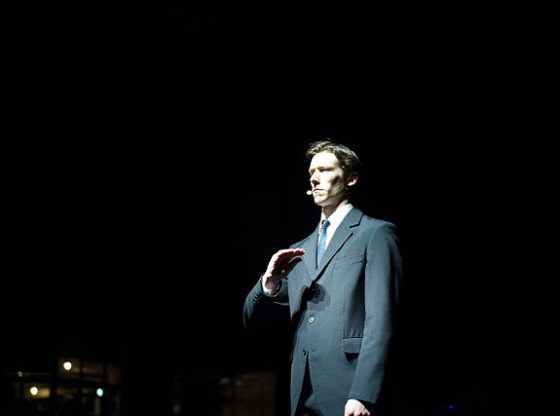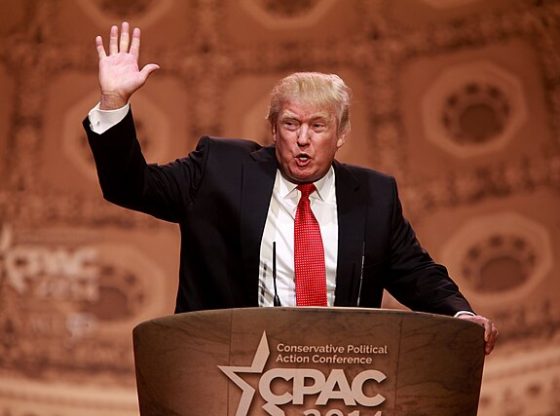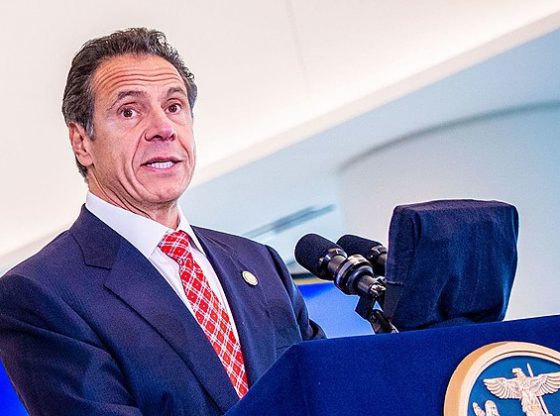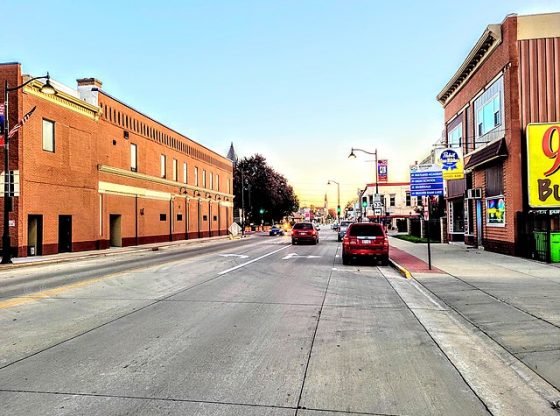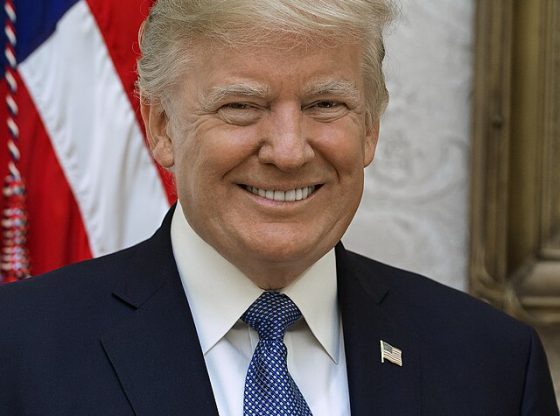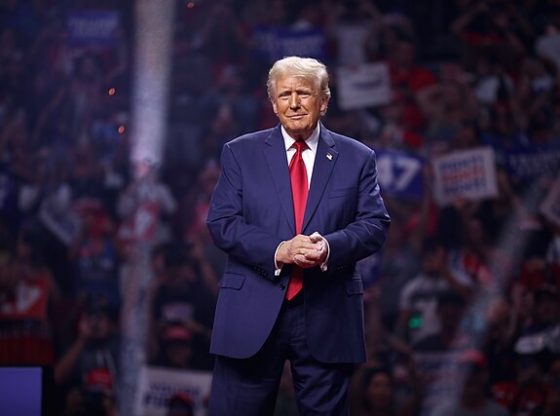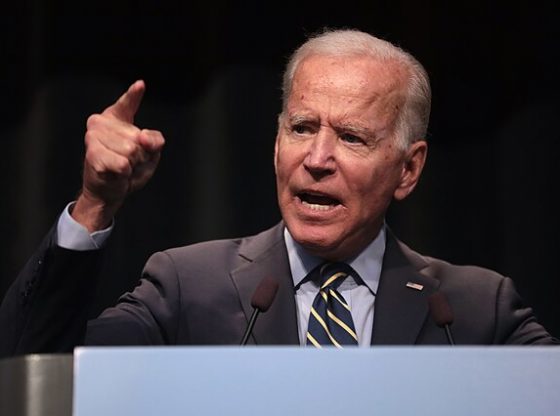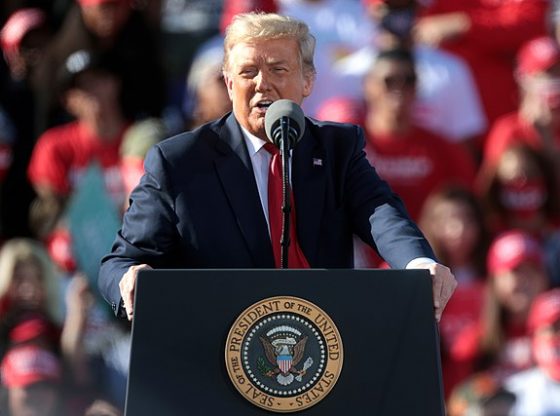When I was a freshman and sophomore in high school — before I was old enough to drive — every weekday after football or track practice I would take a San Francisco municipal transit bus from my high school in the Sunset District to the corner of Haight and Stanyan streets.
That corner was the closest bus stop to St. Mary’s Hospital, where my father worked as the chief pathologist.
He and I would commute from there to our home in San Rafael.
The intersection of Haight and Stanyan was also at the crossroads of two significant elements in San Francisco’s 20th-century popular culture.
Four blocks east of there was 710 Ashbury, the house where the Grateful Dead had lived in the late 1960s. Two blocks south stood Kezar Stadium — embedded in the corner of Golden Gate Park.
Kezar had been the 49ers’ home field from their founding in 1946 through Jan. 3, 1971 — when they lost the NFL championship game to the Dallas Cowboys.
It was also the stadium where my high school — St. Ignatius College Prep — played its home games under Friday night lights.
In fact, St. Ignatius and other San Francisco high schools had started playing football at Kezar long before the 49ers — or the Grateful Dead — existed.
Kezar was not built for professional athletes, but to serve the “youth” of San Francisco — and to honor some literal 49ers.
Mary Kezar, a native San Franciscan, passed away in 1922. In her will, she left $100,000 for the construction of a memorial in Golden Gate Park to honor her mother and three uncles. She left it to her executors, however, to determine the exact nature of that memorial.
They decided to build a stadium.
“Miss Kezar, in disposing of her large estate by will, made provisions that a memorial of a type to be determined by her executors be erected in Golden Gate Park,” the San Francisco Examiner reported. “She set aside $100,000 for that purpose.”
“Miss Kezar’s mother and uncles in whose memory the stadium will be built,” the Examiner said, “were early California pioneers who came here from Maine during the days of the gold rush.”
Two years later, at the urging of San Francisco Park Commissioner William Humphrey, the Board of Supervisors agreed to move ahead with the project.
“The completed structure, including eight tennis courts, baseball and football facilities, a basketball pavilion and handball courts, will cost in the neighborhood of $300,000,” Humphrey told the board.
“A third of this amount will come from a bequest made several years ago by the Kezar estate,” he said.
“If the city gives the $200,000 this year we can go ahead and by the end of this year or early in 1925 give you the completed project,” Humphrey said. “The stadium alone will cost $170,000, but it will give seating capacity to 20,000, which may be increased to 50,000, and the basketball and tennis courts, with dressing rooms, showers and lockers, are necessary for our youth to get the real good of the stadium.”
On June 19, 1924, San Francisco’s Republican mayor, James Rolph Jr., joined with his son in a ceremony initiating construction of the stadium. “At the conclusion of the speeches Mayor Rolph proceeded to operate the steam shovel, took the first bite out of the obstructing bank and dumped it into a truck which was driven away by James Rolph III,” reported the San Francisco Bulletin.
Because the stadium opened in the spring of 1925, its first events were track meets, not football games. On the first weekend in May of that year, the stadium hosted the Pacific Association amateur track championship, which pitted teams from Stanford University and the University of California, Berkeley against San Francisco’s Olympic Club. Two weeks later, the city’s high schools held their track championship there.
Then came the fall.
On Sept. 19, 1925, Lowell, the oldest public high school in San Francisco, played San Mateo in a football game at Kezar. “What is regarded as the fiercest tussle among the prep school elevens this weekend is the Lowell-San Mateo game, slated to be played in Kezar Memorial Stadium tomorrow afternoon,” the San Francisco Bulletin reported. San Mateo won 27-7.
The following Friday, San Francisco’s Polytechnic High School, which sat across the street from Kezar, beat Oakland Tech in the stadium by a score of 12-7.
A month later, Mission High School beat St. Ignatius 7-0 at Kezar. One of the halfbacks on that St. Ignatius team was Tony Morabito. Two decades later, he would become the founding owner of the 49ers — a team that from 1946 through the 1971 championship game against Dallas played its home games in the same stadium where Morabito played his high school games.
By 1975, San Francisco had a public-school board that was very different from the 1920s Board of Supervisors that had accepted $100,000 from Mary Kezar’s estate and put up another $200,000 to build first-class athletic facilities for the city’s students. That year, the board threatened to slash funding for high school sports and other extracurricular activities.
But then the rock-and-roll community stepped in.
Promoter Bill Graham organized a benefit concert to be held at Kezar to raise money for sports and other extracurricular activities at San Francisco public schools. The concert was called Students Need Athletics, Culture and Kicks, or SNACK. Among those who volunteered their services that day were Jefferson Starship, Santana, the Doobie Brothers, Bob Dylan, Neil Young and the Grateful Dead.
Then, two days before the concert, as reported by the San Francisco Examiner, the school board discovered a “surprise” $2.1 million it already had in its possession. “Board members have known about the extra money for weeks but apparently have been too embarrassed to acknowledge it publicly,” the paper said.
Bill Graham and the rock stars went ahead with their concert to benefit high school sports.
It was a day when the musical tradition of Haight-Ashbury and the athletic tradition of Kezar came together as one.
Terence P. Jeffrey on February 7, 2024


